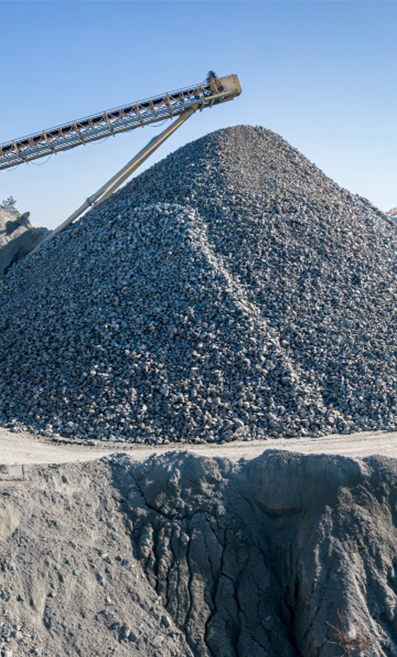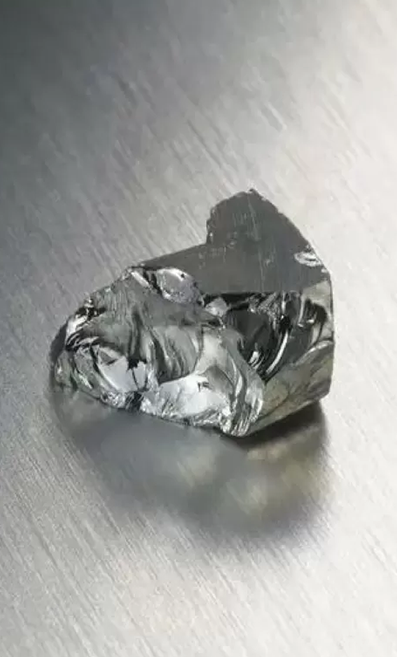GASCOYNE PROJECT
GALLIUM POTENTIAL
On July 3, 2023, a previously obscure mineral called gallium was thrust into the spotlight when China>s Ministry of Commerce announced plans to impose new restrictions on exports of the metal. These measures went into effect on August 1, 2023, and are already shaking up global supply chains. They are primarily a shot across the bow designed to showcase China>s capacity and willingness to weaponise critical minerals for geopolitical gain. Refer to the images below for the major applications of Gallium and the supply risk assessment.
As of 2022, China produced a staggering 98 percent of the world>s supply of raw gallium. This virtual monopoly is largely a result of China>s position as the global leader in aluminium production ‐ the process through which most gallium is extracted. Over the past few decades, deep government subsidies and tax incentives have fuelled the rapid rise of China>s domestic metals industry, which has forced most global producers out of business, leaving China as one of the world>s only remaining producers of gallium.
In 2023, the Company has made a discovery of high grade Gallium within rock chip and soil samples Gallium on its Gascoyne Project





- In 2023, the Company completed a preliminary reconnaissance site visit to 4 of the Gascoyne Project tenements. Samples collected were targeting lithium (pegmatites), rare earth elements and gold.
- Rock chip samples that contained '<'10 g/t Gallium were targeted for gold (quartz, schist and mafic rocks) hence why these samples were most likely under the Gallium detection limit.
- Gallium assays returned high grade results up to 65.93 g/t Ga (8876 g/t Ga2O3) in rock chip samples on tenement E09/2642 and up to 24.0 g/t Ga (3273 g/t Ga2O3) in soil samples on tenement E09/2638.
- With the exclusion of rock chip samples targeted for gold, 12 rock chip samples contained an average of 35.2 g/t Ga (4774 g/t Ga2O3).
- 3 tenements that were sampled returned at least 71 g/t Ga2O3 in rock chip samples and probably less than 0.001% of the project was sampled ‐ which shows enormous prospectivity for Gallium (and other) mineralisation within the Gascoyne Project.
- It is presumed that Aluminium would be associated with the Gallium mineralisation. There has not been any laboratory assays conducted for aluminium.
